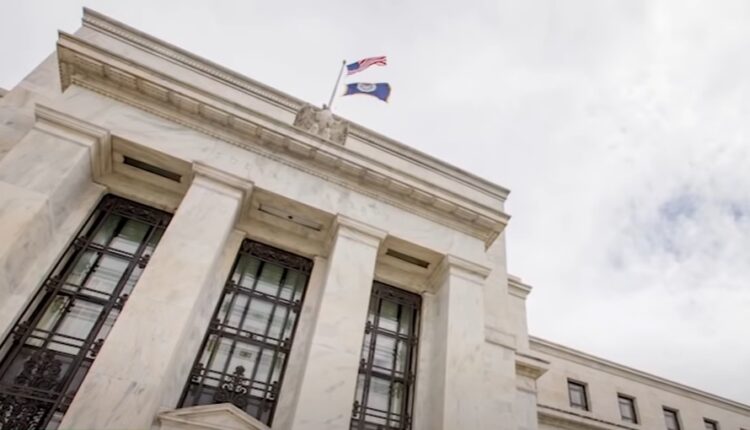
U.S. Inflation Registers 12th Consecutive Month Of Decline
The prices of goods and services in the United States reached the lowest point in two years, indicating a continued decline in U.S. inflation due to the U.S. Federal Reserve’s aggressive interest rate hikes. This is the twelve consecutive of decline, indicating that the FED’s rate hike cycle is having a profound effect.
The most recent data from the consumer price index (CPI), which measures the cost of a variety of goods and services, showed a 3% increase over the past year. This was the smallest increase since March 2021 and a significant drop from the record high of 9.1% in June 2022, when supply chain disruptions caused by the pandemic collided with surging consumer demand.
Although inflation has been on a downward trend, price increases remain higher than the Federal Reserve’s target annual rate of 2%, suggesting the possibility of further interest rate hikes.
The decrease can largely be attributed to declining energy prices, which spiked in 2022 following the start of the Ukraine war. Energy prices fell by 16.7% over the past year, with gas prices specifically dropping by 26.5%.
While overall inflation has significantly cooled since its peak last year, core U.S. inflation, which excludes the volatile energy and food sectors, has consistently remained higher. However, June saw the lowest core inflation rate since 2021, indicating a broader decline in prices, rising 4.8% in June, with a minimal monthly increase of 0.2%—the smallest rise since August 2021. Housing prices, which surged during the pandemic, continue to be a major driver of core inflation, with a 7.8% increase over the past year.
Federal Reserve officials have signaled the possibility of additional interest rate hikes. Since March 2022, the Fed has raised interest rates ten times, bringing rates to a range of 5% to 5.25%. In June, the Fed temporarily halted rate hikes for the first time since they began, as officials sought to assess the impact of the rate increases on the economy.
Currently, the CME Fedwatch Tool is indicating 94.9% odds of an additional rate hike (25bps) at the July 26-27 meeting.
Despite concerns that rate hikes would lead to job losses as companies scaled back, the job market has remained resilient thus far. In June, 209,000 jobs were added, marking the smallest gain since December 2020 but still the 30th consecutive month of job growth. The unemployment rate slightly decreased to 3.6%, nearing its pre-pandemic level. Wages also experienced a 4.4% increase in June compared to the previous year.
While the lower U.S. inflation is on a positive trajectory, the rate is remains above the Fed’s ideal rate of 2%. Thus, consumers can likely expect another hike in a couple of weeks.
TDR will have additional coverage as warranted



